做大人,就沒有玩樂的權利?|Are adults not entitled to play?
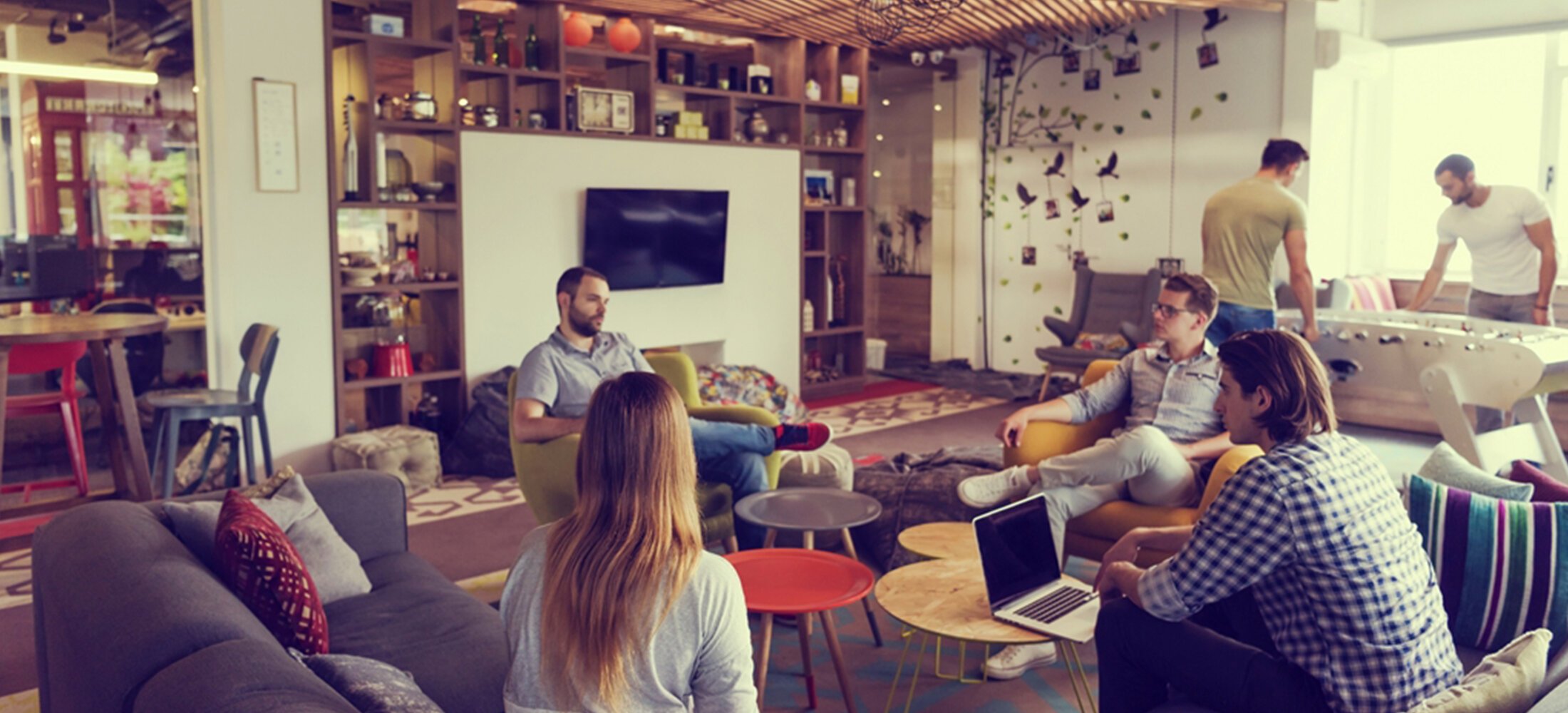
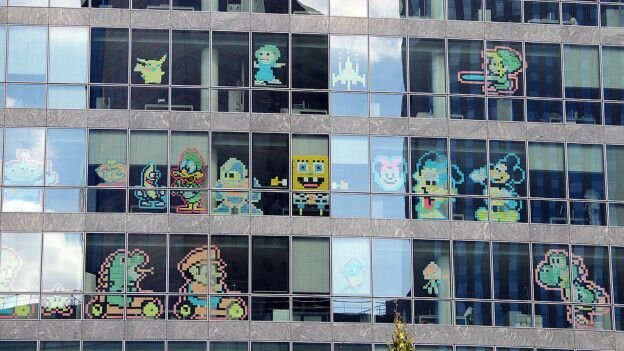
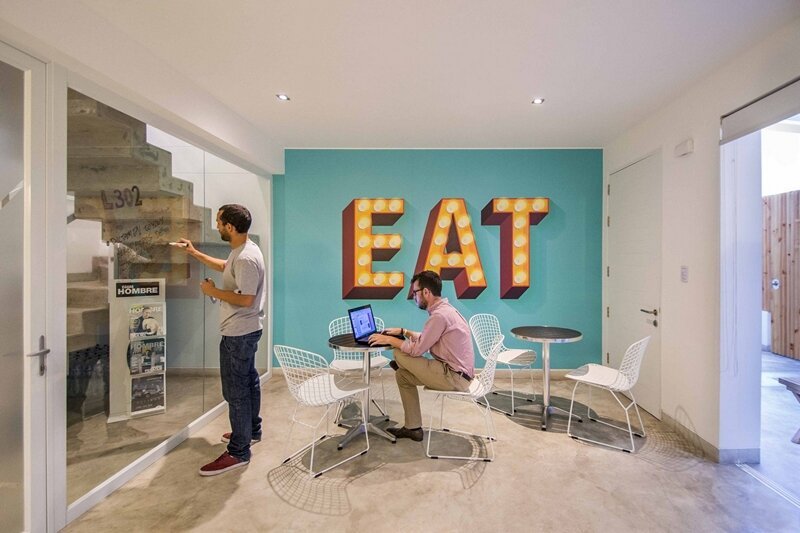
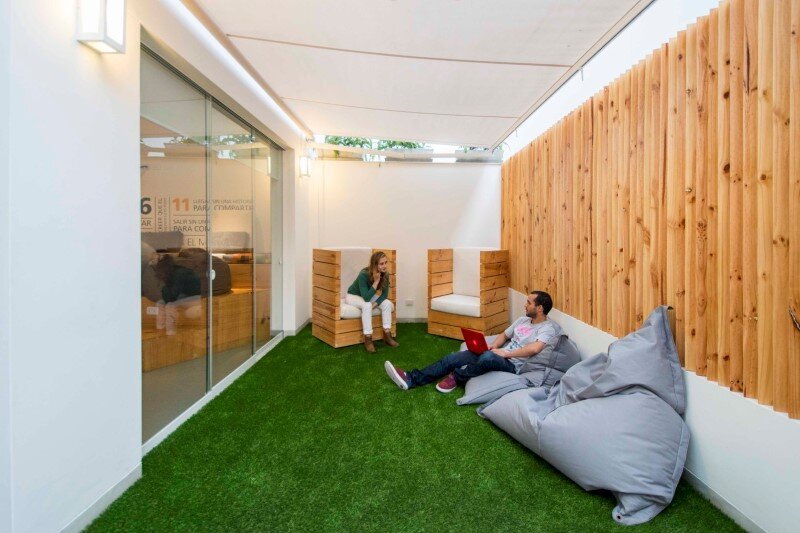
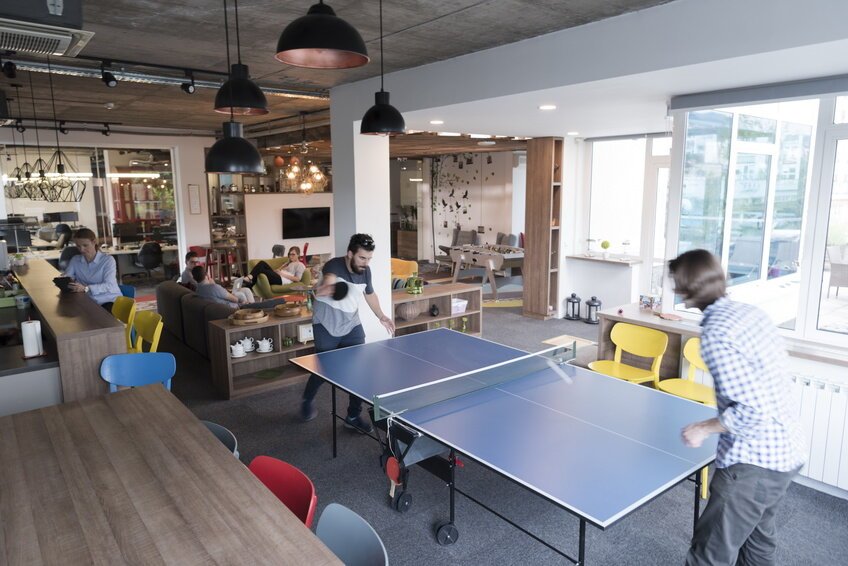

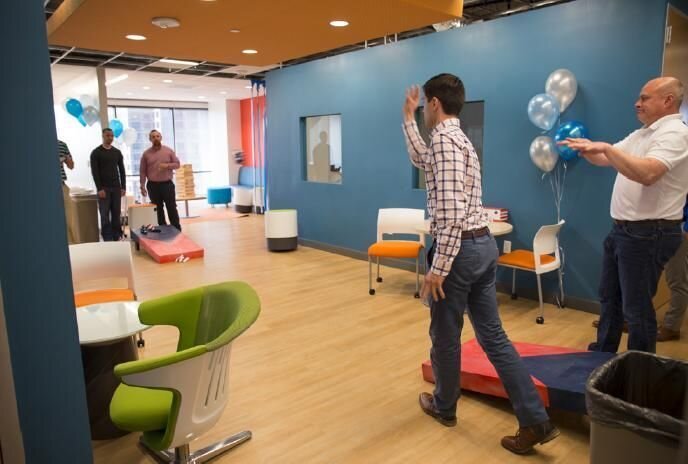
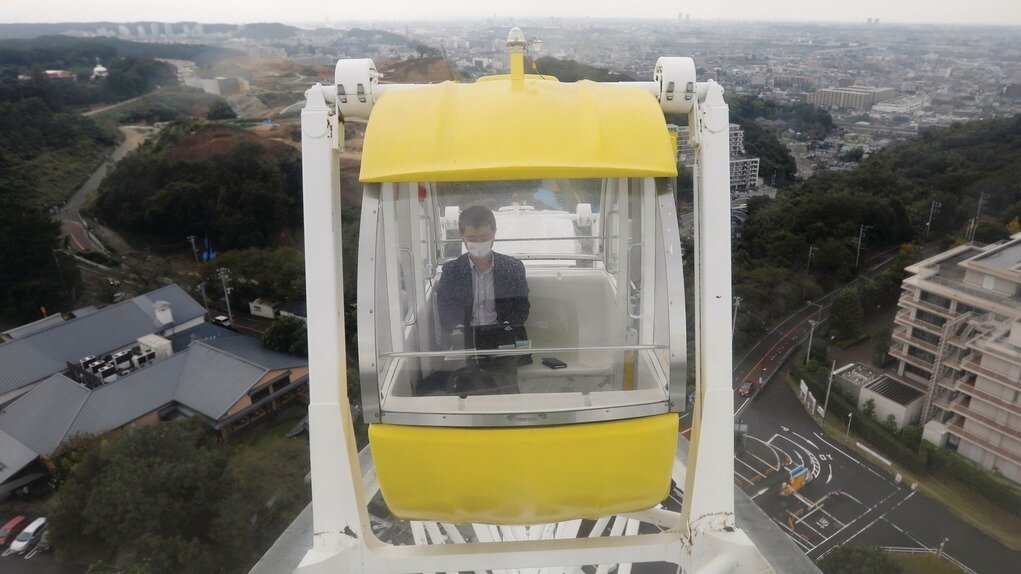
「覺得唔開心,好像過了12歲就被剥奪了使用遊樂設施的權利,公園也找不到合適的空間玩集體活動,那麼我們可以去邊玩?」數年前在一項研究調查中,一個中五學生因為在遊樂場玩而被管理員「眼望望」,原因是香港一般的公共遊樂場,總豎立這樣的規矩:「本遊樂場專為5至12歲兒童而設,成人應在場照顧兒童。」
香港地少人多,城巿生活逼人,近年愈來愈多吉人重新思考,公共空間如何能更有效地、更公平地使用,容納不同年齡、不同階層的人。小朋友在追趕學業時,尚且可以到遊樂場,成年人在每天勞碌的生活之中,又有幾多地方可讓他們隨心玩樂抖抖氣?
人均休憩用地
根據《香港規劃標準與準則》的建議,社區之中每10萬人應提供最少20公頃的休憩用地——即是每人有多少公共空間呢?換個計法,原來這相當於每人只有 2 平方米休憩用地,大約等於一格廁所大小。而實際上,有個別地區如旺角,居民人均只得0.6平方米休憩用地。
相比其他亞洲主要城市,如東京、首爾、上海及新加坡等,人均休憩用地就有 5.8 平方米至 7.6 平方米;即使後來政府在《香港 2030+》文件中提議把標準增至2.5平方米,仍遠遠落後於其他城市。
工作與生活平衡(Work-life Balance)
隨著社會轉變,現代城巿人工時長、在職爸媽愈來愈普遍,尤其在互聯網出現後,工作與生活之間的界線愈來愈模糊,在2000年前後,開始陸續有人提出工作與生活之間需取得平衡,不少企業也開始調整工作安排挽留人才、保持競爭力。在政策層面,不少國家已制訂措施如增加社區支援,包括託兒所與安老院,或增加與家庭事件有關休假如產假和育兒假。
然而,香港至今在工作與生活平衡上仍然追不上國際水平。美國手機保安技術公司KISI去年發表《2020年工作與生活平衡城市排行榜》,香港則在50個城市中排行第45位,為倒數第6名。
工作度假(Workation)
最近,在家工作(Work from Home)大行其道,關於工作與玩樂又出現一個新概念,日本政府創新地推動一種好玩的遙距工作模式:「工作度假」(Workation),更投入6億日圓預算,在國立公園及80處溫泉景點設置無線網路等遙距辦公設備。東京主題樂園讀賣樂園,更推出變奏「遊樂工作度假」(Amusement Workation),讓客人在設有無線網絡的摩天輪上遙距工作,把玩樂和工作界線打破。
玩樂好處多
玩樂和個人健康與幸福,可謂息息相關。有不同的研究發現,懂得玩樂的人在面對壓力時也比較能應對,而年紀大的人若懂得玩樂,也會有比較好的認知與情緒功能。
玩樂的思考與行為,往往對工作表現也有幫助。研究指出,懂玩樂的人學業表現較好,創造力的思維也較好。Facebook和谷歌等創科企業早就在辦公室裏,提供遊戲機或滑梯之類,讓同事借玩樂短暫抽離工作,增加同事在工作上的積極性,也激發同事解決問題的新視角。
玩樂也有分類
一講起玩,大家多數會想到玩遊戲(Game Play),不過,被視為是遊戲設計者必看的Rules of Play: Game Design Fundamentals,就提出遊戲以外的玩樂,還有玩耍活動(Ludic Activities)。Ludic一詞,來源於拉丁語中的Ludus,意即玩樂。二人互擲飛碟,或者把行人路上的縫隙當有熔岩流出而刻意跳過,都算是玩耍活動,和玩遊戲最大的分別,就在於沒有可量化的遊戲結果。除了玩耍活動,玩樂還包括「好玩」(Being Playful)。它泛指持有好玩的心態,即使是幫朋友改花名,扮聲或者刻意裝扮得古靈精怪,也可以歸入這種類別。
相片來源:網上圖片
地點 : 香港
Are adults not entitled to play?
“I am upset because I feel like we’ve been deprived of the right to use the playground since the age of 12. No parks have any suitable space for group activities. Where can we go to have fun?”
In a survey several years ago, a Form 5 student revealed that he once met a cold-eyed park manager as he was playing in the playground. It is because most public playgrounds have a sign stating that “this playground is only for children aged 5-12, and adults should be present to look after the children.”
In recent years, we have been exploring how we can use public space more effectively and fairly so citizens across different age groups and backgrounds can share the limited public space in this crowded city. While children are entitled to a study break at the playground, where can adults go to relax and have fun?
Urban public space per capita
According to the Hong Kong Planning Standards and Guidelines, urban public space provision should be at least 20 hectares per 100,000 people. So how much space is a person entitled? Only two sqm. per capita - the size of a toilet partition. Residents in districts like Mong Kok are only allowed 0.6 sqm. of public space.
Although the scale has risen to 2.5 sqm per capita in Hong Kong 2030+, it is still far below the average of 5.8-7.6 sqm per capita in other major Asian cities, such as Tokyo, Seoul, Shanghai and Singapore.
Work-life Balance
We are now living in a time of longer working hours, more working parents and blurred work-life boundaries. Since the turn of the 2000s, we have seen a rising concern about proper work-life balance.
To retain talents and remain competitive, many companies have begun to work on this issue. Some countries have even legislated measures to elevate community support (e.g., nurseries and elderly homes) and statutory holidays such as parental and nursing leaves.
When it comes to work-life balance, however, Hong Kong lags far behind the progress needed. According to the Best Cities for Work-Life Balance 2020, published by KISI, a mobile security technology provider from the United States, Hong Kong ranked 45 out of 50 cities.
Workation
Besides ‘Work from Home’, we have recently also seen the rise of a new idea that merges work and fun. The Japanese government introduced a creative and fun remote working model called ‘Workation’, with a 600 million YEN budget to build Wi-fi spots and other remote working facilities in national parks and 80 hot spring destinations. Tokyo’s theme park Yomiuriland has even introduced ‘Amusement Workation’ for visitors to work remotely from various locations, including the Ferris wheel.
Fun is good.
Having fun is good for personal health and happiness. Research has proved that people who have fun are better at coping with stress, and older people who know how to play have better cognitive and emotional functions. Playful thinking and behaviours are also helpful to work and academic performances, as studies have found. It also helps boost creative thinking. This probably explains why tech giants like Facebook and Google have game consoles, slides, and other playful facilities in the offices. These facilities not only allow employees to take breaks from work; they also enhance employees’ enthusiasm at work and creative problem-solving skills.
Variety of Fun
The concept of ‘play’ is usually associated with gameplay. But Rules of Play: Game Design Fundamentals, a bible for game designers, also suggests the importance of ludic activities. ‘Ludic’ is originated from ‘Ludus’, the Latin word for ‘play’. Flying saucers and jumping over cracks on a pathway are examples of such activities – only that they do not have quantifiable game results. ‘Being playful’ is also a kind of fun. It means having a playful heart, making up nicknames for friends, imitating sounds or dressing up in costumes.
Photo source: Internet
Location: Hong Kong
你可能對以下吉人吉事有興趣:
You may also be interested in these GUTS Stories:
















